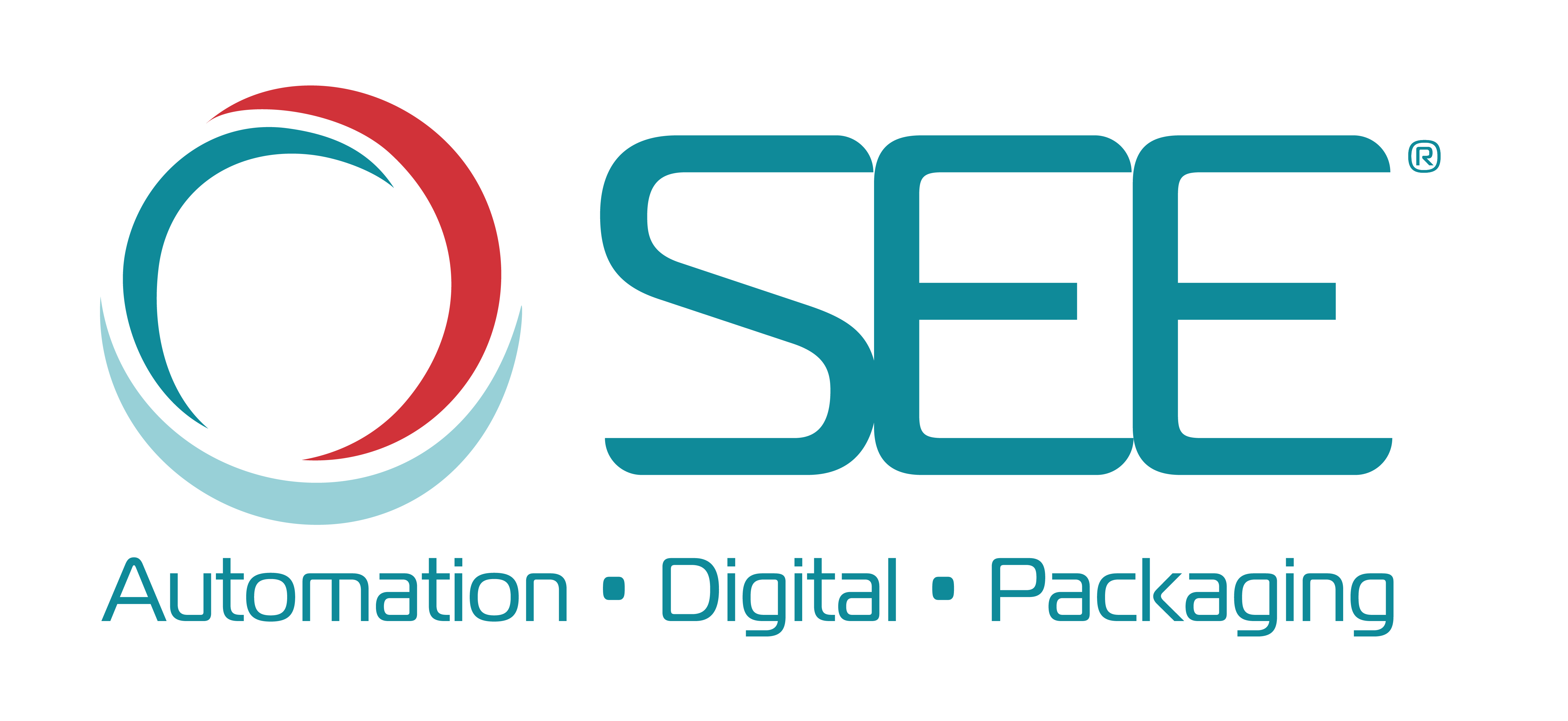Video: SEE Chemical Engineer Contributes to the Circularity of Flexible Packaging
Timi Fadiran is One of America's Change Makers
Content created and originally published by America's Plastic Makers
Meet Timi Fadiran, Sustainability, Technology, Innovation Manager at SEE® (formerly Sealed Air).
Timi’s company created something that pretty much all of us know and love.
“When people ask what I do, I tell them that I work at the company that created Bubble Wrap®. That’s kind of our claim to fame. That’s the product we invented.”
But that’s not all his company does.
“And they’re very surprised to learn that the same company does so much more. We’re helping protect health-care products, such as vaccines and pharmaceuticals, that have to be kept safe through transport so they’re effective in their final use. And we’re also helping protect foods.”
Foods like chicken, meat and produce.
“We create flexible packaging that’s used in protecting chicken and red meat and other fresh products from the point of production to the consumer. Our packaging helps keep it fresh, keeps it from leaking and keeps the food safe for people to eat.”
That packaging plays a big role in sustainability.
“Flexible plastic is a very thin material, is extremely adaptable, and it has unique properties. It’s lighter weight, and because of that, it reduces the carbon impact of shipping. You’re able to ship the same amount of material with a lower environmental impact, because of the lightness of the overall shipment.”
“The most important thing is that the plastics offer a barrier, and they play a role in protecting the freshness of the food that’s transported, not just from state to state but also globally. So flexible plastic helps reduce food waste. Food waste can have huge environmental impacts. That’s why it’s critical to protect foods that have had a lot of energy going into producing them and making sure that they don’t spoil before they get to the consumer.”
But that’s not good enough for Timi.
“We’re looking to make this packaging even more sustainable.”
As a chemical engineer and sustainability, technology, innovation manager at SEE, he’s working to further improve the sustainability benefits of flexible plastic packaging by helping his company jumpstart innovative advanced recycling technologies.
These technologies take often hard-to-recycle plastics such as flexible plastics from the food supply chain and break them down into their basic building blocks to be remade into new food-grade protective packaging.
New plastics that can be remade again. And again…
Meet Timi. One of America’s Change Makers.
Timi sees advanced recycling as an effective way to help keep plastics out of landfills and our environment.
“Right now, a lot of plastic film is likely discarded into a landfill. What we want to do with advanced recycling is capture these types of films such as food packaging that can’t go through our traditional recycling infrastructure today. We want to use advanced recycling to recycle this essential packaging and eliminate the plastic waste but also create a product that can go right back into this packaging over and over again.”
Many people are unaware that flexible plastics typically should not be put in curbside recycling bins.
“Items placed in most curbside recycling bins are sent to material recovery facilities where machines sort recyclables. These machines can handle all kinds of rigid plastics such as milk jugs or water bottles but flexible plastics such as bread bags or Bubble Wrap® can get wound around the machinery and cause it to jam.”
“Lots of flexible plastics can be dropped off at retailers for recycling and may end up as things such as synthetic lumber for decking. But other kinds of flexible plastics like the packaging that protects fresh meat and chicken in the grocery store can’t be tossed into these store bins. Recovering these essential packaging materials requires innovative recycling solutions beyond traditional mechanical recycling.”
By helping advanced recycling grow, a lot more of that flexible plastic can get recycled.
“Advanced recycling is very promising and very exciting. As we establish the infrastructure for advanced recycling, it will be better able to handle the flexible packaging films. That can help eliminate plastic waste and in doing so help protect our environment, keep our streets clean, keep our forests clean, our beaches clean.”
Used packaging that once was considered waste can now be remade in many cases.
“Making products to be remade is what advanced recycling offers. That will reduce our need for natural resources in key materials that go into our packaging in the first place. So, we need to invest in advanced recycling, we need to establish the infrastructure, and it needs to grow and scale up globally.”
Timi sees a promising trend in his generation, as well as a new generation he’s helping create.
“I would say my generation is very focused on sustainability. We think about the products that we buy; we think about how the products we buy are packaged. That’s something that’s very front of mind for our generation.”
“And I’ve learned a lot more about sustainability since being at Sealed Air. I’ve been able to teach my friends and family how to recycle more appropriately.”
“With my daughter, I try to instill in her how to recycle properly too as she’s growing and learning. We take the flexible plastics that we collect in our household, and we drop them off at the store for recycling. That’s something we do as a family.”
That’s a sustainable trend every generation can get behind.
_____________________________________________
Meet Ron Cotterman, another Change Maker from SEE. _____________________________________________
The story of plastic is evolving. And it’s being written by our scientists, engineers, designers, technicians, innovators, and others—America’s Change Makers—who are leading sustainable change for America’s Plastic Makers. Read about more of America's Change Makers here.

